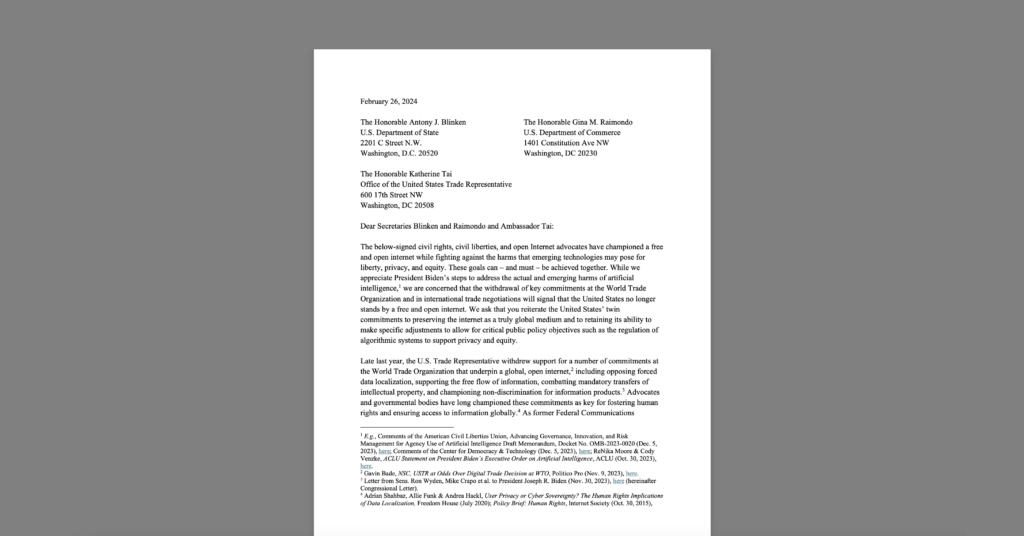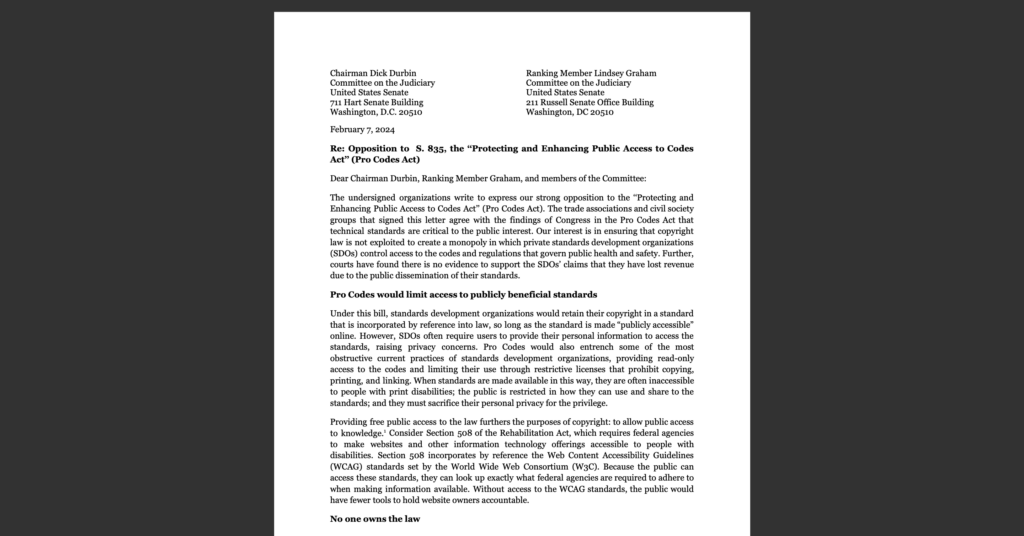Orphan Works and Mass Digitization Reply Comments
The Internet and the wide array of rapidly evolving digital communications tools are revolutionizing the way we create and enjoy creative works. Creating and publishing works, even on a large scale, is no longer solely the domain of a few. Digital tools offer new avenues for discovery and reuse of creative works, giving even the most specialized works new avenues to potential audiences. Digital storage offers significant advances in the preservation of and access to cultural collections such that rare and fragile works will not be lost or inaccessible. These developments significantly increase not only the potential pool of uses and users for orphan works, but also the number of creative works that might fall into orphan status in the future. These trends hold great promise for artistic and cultural progress. Copyright law and policy should accommodate and indeed foster this progress, so that the potential of the Internet and digital technology can serve the best interests of creators, users of creative works, and the public at large. CDT believes that developing balanced reforms regarding both orphan works and mass digitization would serve copyrightʼs fundamental goal of promoting the creation and dissemination of creative works.
These brief reply comments offer our perspective on the issues, where they overlap, and possible paths forward on each. For the case-by-case use of orphan works, CDT supports the basic framework from the 2006 Report and subsequent legislative proposals built around reasonably diligent searches and limitations on damages. In addition, while we recognize the importance of fair use and the section 108 limitations and exceptions to many ongoing mass digitization projects and are encouraged by recent developments in the case law, we believe broader mass digitization projects of great value to the progress of the arts can best be realized if legislation is enacted to allow them to proceed. We suggest that the Copyright Office initiate a separate inquiry into how best to shape such legislation.


